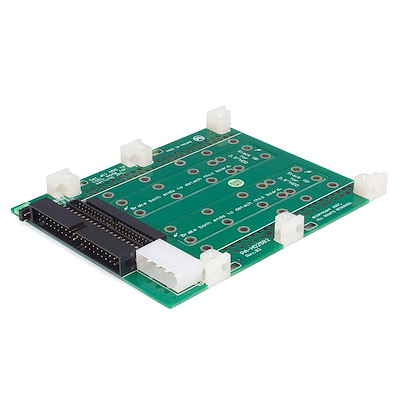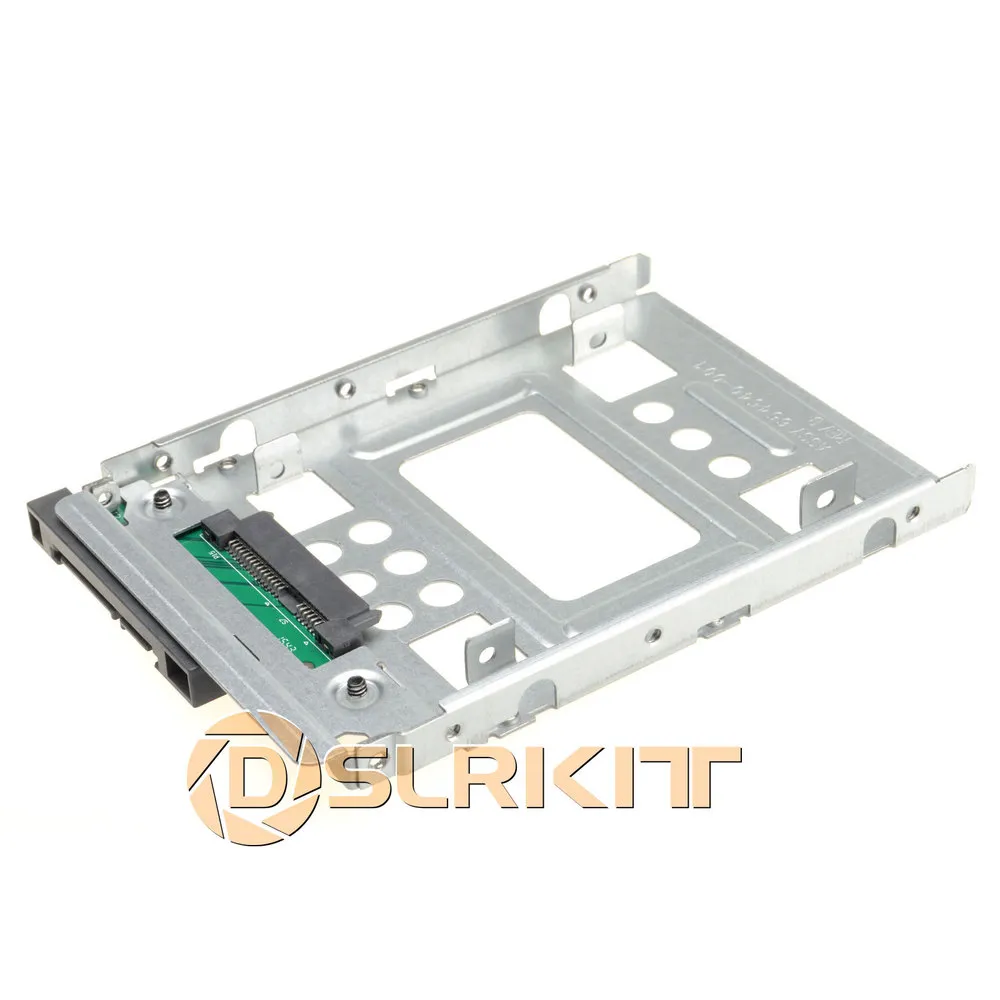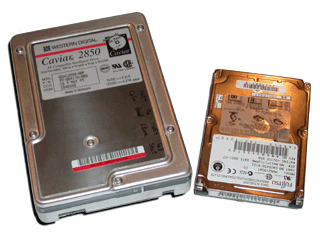
 Storage space: 2.5-inch hard drives are like the little brothers of the 3.5-inch drives. For example, data can be copied over from a PC to the external 3.5-inch hard drive faster than to a 2.5-inch hard drive. Speed: The difference in size ensures that the larger models are faster, up to 50% faster. The diameter for 2.5-inch hard drives is 6.4 cm. Size and weight: 3.5-inch hard drives have a magnetic disc with a diameter of 3.5 inches, i.e. In principle, external hard drives operate in the same way as internal hard drives installed in a computer: Data is written and read on rotating magnetic discs. Small or large: The difference between 2.5 and 3.5-inch hard drives You can get an external hard drive for around 50 euro. An SSD in the range of 1 terabyte (1,024 gigabytes) still generally costs more than 200 euro. But the downside to this is the price when it comes to larger volumes of data. SSDs are faster than conventional hard drives and are almost immune to interference. For many people this cannot be outweighed by the constant and global availability of data. In addition, storage space for Cloud solutions is still expensive, particularly in the case of larger quantities of data. The downside to Cloud storage is that private files are stored on company servers, which calls for quite a high level of trust. The reason for this was typically the advent of “Cloud” storage and read-only memory (SSD). Quite a few experts have been sounding the death knoll for external hard drives. External hard drives continue to be in demand, despite the new competition Why this is so, what the differences are between 2.5 and 3.5-inch drives, and what external hard disks can be used for: The text provides answers to these questions. External hard drives have enjoyed success for years in the field of storing large amounts of data, especially for data back-ups, but also for many other applications.
Storage space: 2.5-inch hard drives are like the little brothers of the 3.5-inch drives. For example, data can be copied over from a PC to the external 3.5-inch hard drive faster than to a 2.5-inch hard drive. Speed: The difference in size ensures that the larger models are faster, up to 50% faster. The diameter for 2.5-inch hard drives is 6.4 cm. Size and weight: 3.5-inch hard drives have a magnetic disc with a diameter of 3.5 inches, i.e. In principle, external hard drives operate in the same way as internal hard drives installed in a computer: Data is written and read on rotating magnetic discs. Small or large: The difference between 2.5 and 3.5-inch hard drives You can get an external hard drive for around 50 euro. An SSD in the range of 1 terabyte (1,024 gigabytes) still generally costs more than 200 euro. But the downside to this is the price when it comes to larger volumes of data. SSDs are faster than conventional hard drives and are almost immune to interference. For many people this cannot be outweighed by the constant and global availability of data. In addition, storage space for Cloud solutions is still expensive, particularly in the case of larger quantities of data. The downside to Cloud storage is that private files are stored on company servers, which calls for quite a high level of trust. The reason for this was typically the advent of “Cloud” storage and read-only memory (SSD). Quite a few experts have been sounding the death knoll for external hard drives. External hard drives continue to be in demand, despite the new competition Why this is so, what the differences are between 2.5 and 3.5-inch drives, and what external hard disks can be used for: The text provides answers to these questions. External hard drives have enjoyed success for years in the field of storing large amounts of data, especially for data back-ups, but also for many other applications. 

External hard drives: All you need to know about data storage










